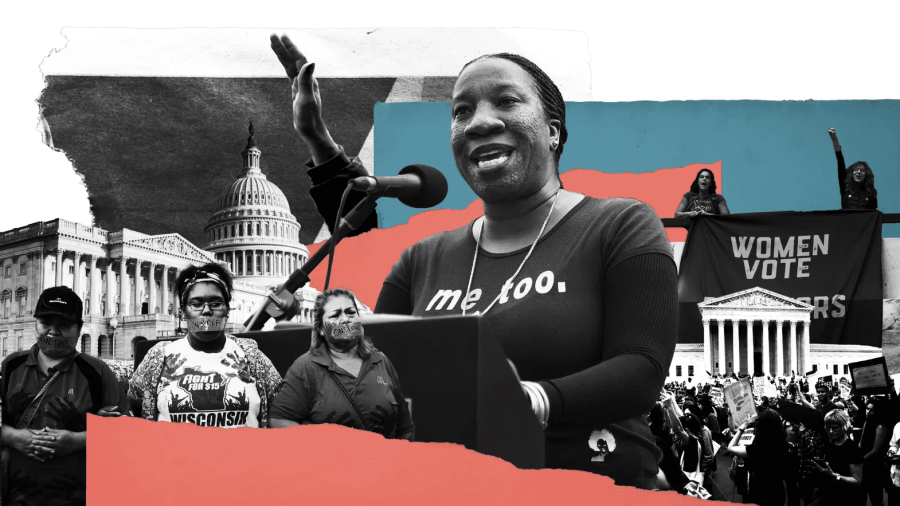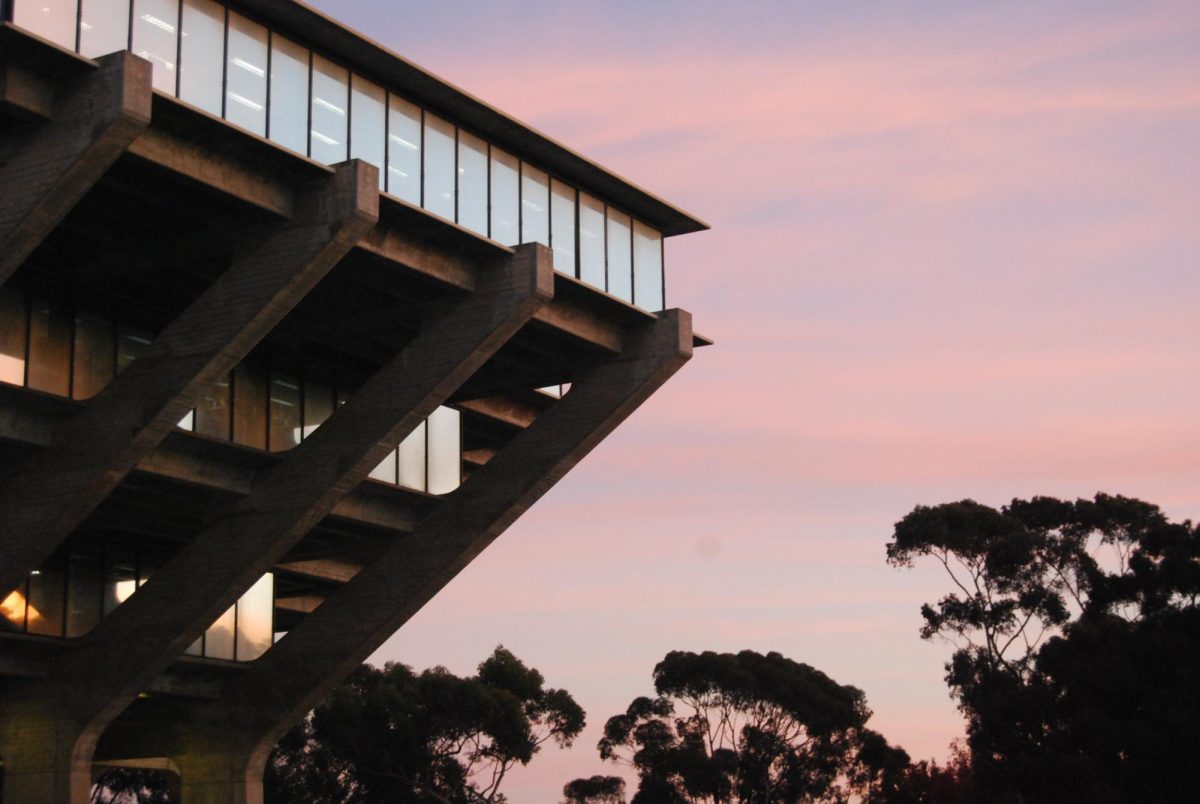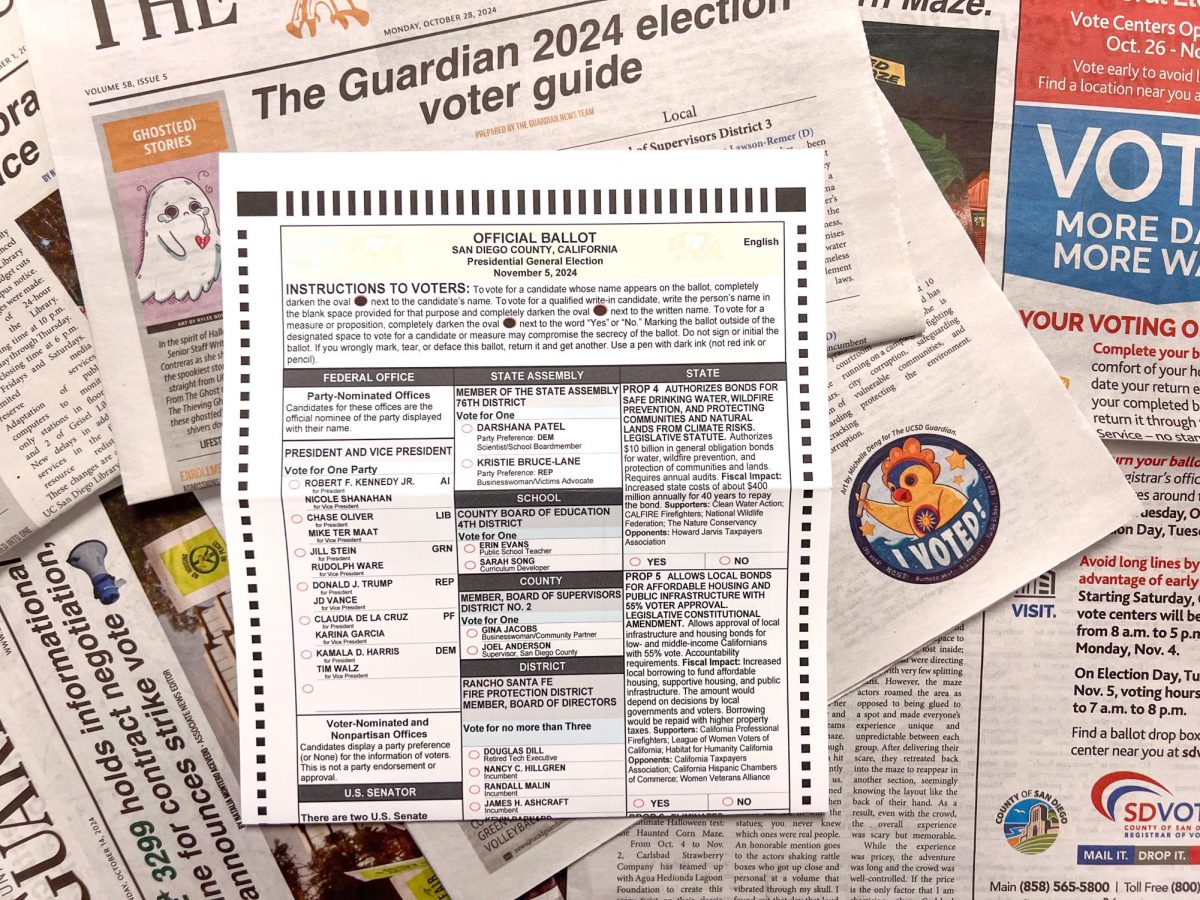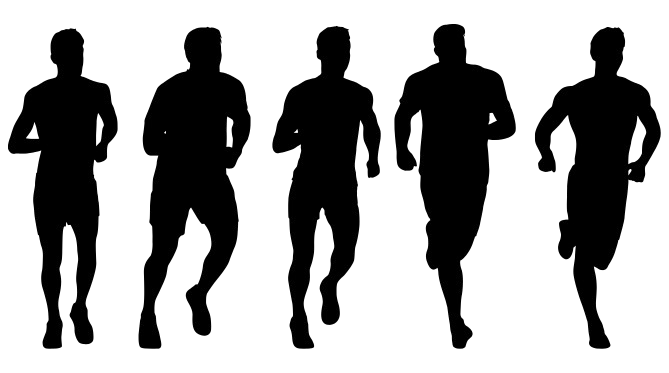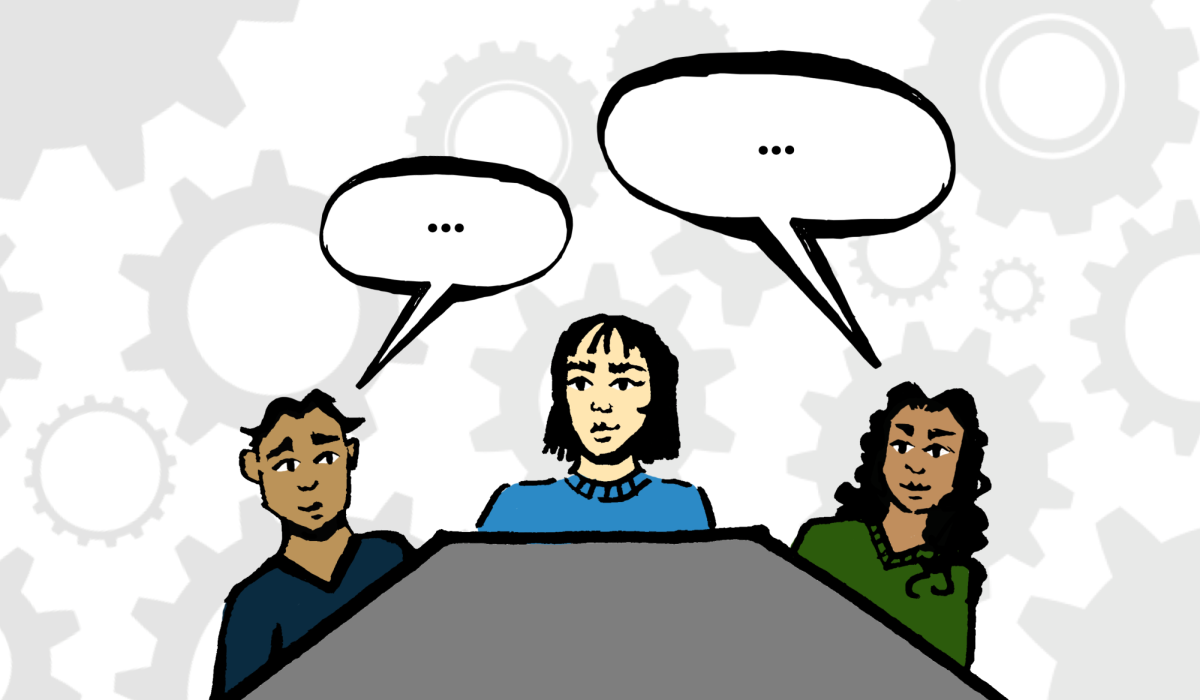As the 2010s come to an end, we review the celebration and expansion of gender equity and ask what can be in store for 2020 and beyond.
Thirteen years ago, civil rights activist Tarana Burke founded the #MeToo movement on Myspace and what would be one of the most defining and impactful advances for gender equity regarding sexual violence across the globe. As a youth worker and sexual assault survivor, Burke started the movement to empower women by fostering empathy across a wider community, connecting sexual assault and harassment survivors to share their stories. But, it was not until 2017, when white actress Alyssa Milano called to the women of Twitter to write #MeToo to “give people a sense of the magnitude of the problem,” that Burke’s hashtag received substantial recognition — at the hands of someone else. Many celebrities such as Jennifer Lawrence, Angelina Jolie, and Gwenyth Paltrow responded to Milano’s tweet with accounts of their personal experiences, drawing popular attention to the stories shared by predominantly white women in Hollywood.
While it was mostly upper-class white women who brought attention to the issue, #MeToo at its start was designed by Burke to aid survivors of sexual violence, especially black women and women of color from lower-income communities. By offering resources such as those offered on the #MeToo website, the movement works to lead survivors on paths to healing. Since the #MeToo hashtag went viral on Twitter in 2017, a wide recognition had initiated a long-overdue conversation about sexual assault and harassment.
Feminism, defined by Nigerian writer Chimamanda Ngozi Adichie in her 2014 book “We Should All Be Feminists,” is the “political, economic, personal, and social equality of the sexes.” #MeToo is currently happening in fourth-wave feminism. Notably, a crucial characteristic of the fourth wave is its expansion of the people who should be included in the feminist fight. This inclusion sharply contrasts from previous waves such as the first when being a “feminist” in the 1800s was dictated by white middle-class women. In the second wave around the 1950s and ‘60s, the focus of the movement expanded beyond just voting rights and included topics of domestic violence and reproductive rights. However, this feminist wave was again largely led by middle-class white women, which alienated many women of color. If present-day feminism has become anything, then it is now more inclusive than before, moving past expanding rights for women alone but also tackling sexual violence that affects every identity.
If present-day feminism has become anything, then it is now more inclusive than before, moving past expanding rights for women alone but also tackling sexual violence that affects every identity.
What has made this movement so strong and substantial is its push to make everyone a part of the movement. Intersectionality has been the approach from the beginning and this was imperative to the long-term success of #MeToo with its goal for inclusivity of all survivors and those in solidarity. #MeToo helped survivors to share their experiences and allies to become a part of this larger community and choose to stand with others who have been victims of sexual harassment and assault.
The newest feminist movement of #MeToo separates itself from previous waves by leveraging mass communication to share ideas faster, making it open to more individuals everywhere. With its start on Myspace in 2006, Burke knew the importance of getting the word out as it was strength in numbers that would establish a community to progress the movement. And as social media platforms grew into the 2010s with the likes of Facebook and Twitter, so did the movement.
Before the upsurge of #MeToo tweets, expansion for gender equity has always been an ongoing battle. The 1990s up to the 2010s, deemed as the period of third-wave feminism, introduced new approaches to feminism with steps to be more inclusive of different races and generations of women. While this approach struggled to be fully inclusive, it was a necessary step to get where we are today. An important concept from this era was U.S. lawyer and civil rights advocate Kimberlé Williams Crenshaw’s theory on intersectionality, which addresses the overlaps in discrimination toward multiple economic, social, and political identities. The third wave also included U.S. lawyer and academic Anita Hill’s unforgettable aired testimony in 1991 on her sexual assault accusations against Supreme Court Justice Clarence Thomas. Although Hill was generally dismissed during her Senate hearing and Justice Thomas remains in his seat today, Hill’s testimony sparked major debate and national protests on the issue of men in power abusing their positions. This would be a major step in how reactions to issues like this changed going into the 2010s.
It appears that the #Me Too movement itself made its broadest strokes in the later part of the decade since its founding. So how has #MeToo gotten so popular? What may have arguably been a turning point was the 2016 U.S. presidential election that came down to former Secretary of State and Democratic nominee Hillary Clinton and businessman and Republican nominee Donald Trump. Trump was elected president of the United States on the night of Nov. 8, 2016. Even during his campaign trail, Trump had been accused of touching women inappropriately and had notoriously been heard over a 2005 recording obtained by The Washington Post where he bragged about “grabbing them by the pussy.”
Trump’s conservative platform had declared excessive limits to women’s health rights such as defunding Planned Parenthood based on the “abortion factor” and proposing a global gag rule that would restrict U.S. family planning funds from going to foreign non-governmental organizations that provide abortion services. Trump’s win posed a threat to anyone who potentially needed access to an abortion procedure. Not only was this dangerous legally, but it also spoke to a threats toward respecting the bodily autonomy of individuals, especially of those who can carry children. Such threats to safety sparked outrage and mass protests such as the Women’s March in 2017, a demonstration in Washington D.C. to push for civil rights and equality. It was one of the largest demonstrations in U.S. history and had displayed the massive population affected by the injustice.
Read More:
Examining Feminism for Women’s History Month
On the Ethics of Separating Art from Artist
Old Problems, New Solutions: Sexual Assault at UCSD
Since then, the reputations and careers of many powerful men have been diminished as more individuals come forward about their personal experiences with sexual abuse. The likes of former USA Gymnastics doctor Larry Nassar, former U.S. film producer Harvey Weinstein, and a slew of other Hollywood elites like Oscar-winning actor Kevin Spacey and director Brett Ratner have been called out publicly to face their sexual assault allegations. During Nassar’s trial in January 2018, more than 150 young women and girls, including Olympic gold-medalist Ally Raisman, shared their emotional testimonies before the Eaton County Court in Michigan. Judge Rosemarie Aquilina sentenced Nassar to 175 years in prison for seven counts of criminal sexual misconduct and left him with these words: “I hope you are shaken to your core; your victims are clearly shaken to their core. And I know there are still some who ask, ‘are you broken because you got caught?’”
A similar series of events happened to Weinstein, Spacey, and Ratner in some form or another, where more victims came forward with the belief that speaking up would be worth it. And for the most part, it has. Particularly in the Weinstein case, powerful Hollywood elites such as Ashley Judd, Cara Delevigne, Rose McGowan, Uma Thurman, and Kate Beckinsale accused the producer of sexual abuse or harassment. While they spoke up about it, they also had the resources and the confidence in their careers to more safely do so, which spells out differently for victims with much less. Weinstein is currently undergoing a series of trials and could possibly face life in prison. For other celebrities facing allegations, their careers have been severely damaged if not indefinitely suspended with Spacey being completely replaced in movies and actresses like Gal Gadot refusing to work with Ratner.
While Hollywood is often a world of its own, the topic of sexual harassment and assault are real world issues. And to deal with it, state legislatures in recent years have enacted a number of bills concerning sexual violence. Just this past year, Arizona enacted legislation to confront the issue of non-disclosure agreements, previously signed contracts that could bar victims of assault from speaking out against their perpetrators. Republican State Rep. and cosponsor of the bill Maria Syms stated that the case against Nassar showed how non-disclosure agreements were being used to silence victims. One example of this was with U.S. Olympic gymnast McKayla Maroney who almost faced a $100,000 fine for testifying against him in court.
#MeToo has also made its way to Congress with the success of the reformed version of the Congressional Accountability Act of 1995, which passed in December 2018. The act significantly improved the process for congressional employees to report allegations of sexual harassment, holding lawmakers financially liable for harassment settlements. The legislation was a direct response to the increasing number of congressional aides coming forward about their harassment by a member of Congress or a high-ranking aide, all done in a similar fashion to the Weinstein and Nassar cases.
Moving from large nationwide political turmoil, #MeToo has affected the everyday lives of men and women when it comes to the common workplace. The job market itself has introduced more women, with research showing that they make up nearly half the workforce. There has also been an improvement in the gender wage gap since 1980, but it has remained relatively stable for about the past 15 years. In 2017, it was reported that men had felt increasingly terrified about having to be alone with women at work. Fox News host Geraldo Rivera had claimed the movement was “criminalizing courtship” and conflates the issue with worse cases of predation. Simple things such as a friendly hug between colleagues or talking about personal lives posed a risk for many men as it could be taken the wrong way and they could potentially face similar consequences like Weinstein and Nassar.
As Hill put it in an interview on “This Week Tonight with John Oliver” where she was asked about the increasing trend of men terrified of being alone with women at the workplace, should they be scared? Hill replied keenly, ”Not if they’re not harassers.”
But what’s next for #MeToo?
What may be in store for 2020 and beyond is building on this cultivated inclusivity. Looking at the history of feminism as a whole, it has been working toward collapsing these rifts in the ideology of feminism. Criticisms as old as second-wave feminism are still apparent in #MeToo such as its greater attention to wealthier white women. There is also notably a great debate on how victims should deal with their experiences. One school of thought argues that women should endure the pain and not complain about their encounters but remain strong and independent as it is just part of the female experience. In contrast, others believe that a collective experience of sharing personal stories and banding together is the path to liberation, more in line with the strategy of #MeToo.
If we are to tackle the issue from all sides, we can start with educating ourselves more on the social expectations we put on different spectrums of identities, including gender and sexual orientation. #MeToo has also struggled with including transgender people as part of the conversation, keeping many in the dark as advances are made for cisgender identities. Having people view their pain and suffering as something they have to deal with on their own may detrimentally perpetuate the culture of gender discrimination. Saying sexual violence is just part of womanhood places intense pressure upon individuals to be “strong” and to just accept the pain, a particularly common experience for transgender women.
The goal into the next decade is to divert our attention from the isolation that makes us weaker and growing toward sharing the pain from sexual violence and gender inequity, as different as these specific encounters may be. #MeToo has been effective in gathering many people with increasing diversity than previous waves of feminism, but we can always do better. The diversity of the movement is key, and silencing the likes of gay women, transgender women, black women, Latina women, and anyone witnessing gender discrimination hurts the purpose of #MeToo by limiting the collective. Burke was right from the very beginning: It is the strength in numbers that will make the crusade against sexual violence succeed.
For now, we can appreciate the advances made for gender equity in review of the past decade. Even with the occasional losses, #MeToo needs to keep growing in numbers, diversity, and shared stories. Today, we can get angry. Tomorrow, we get together.
Art by Christina Animashaun for Vox.com.


